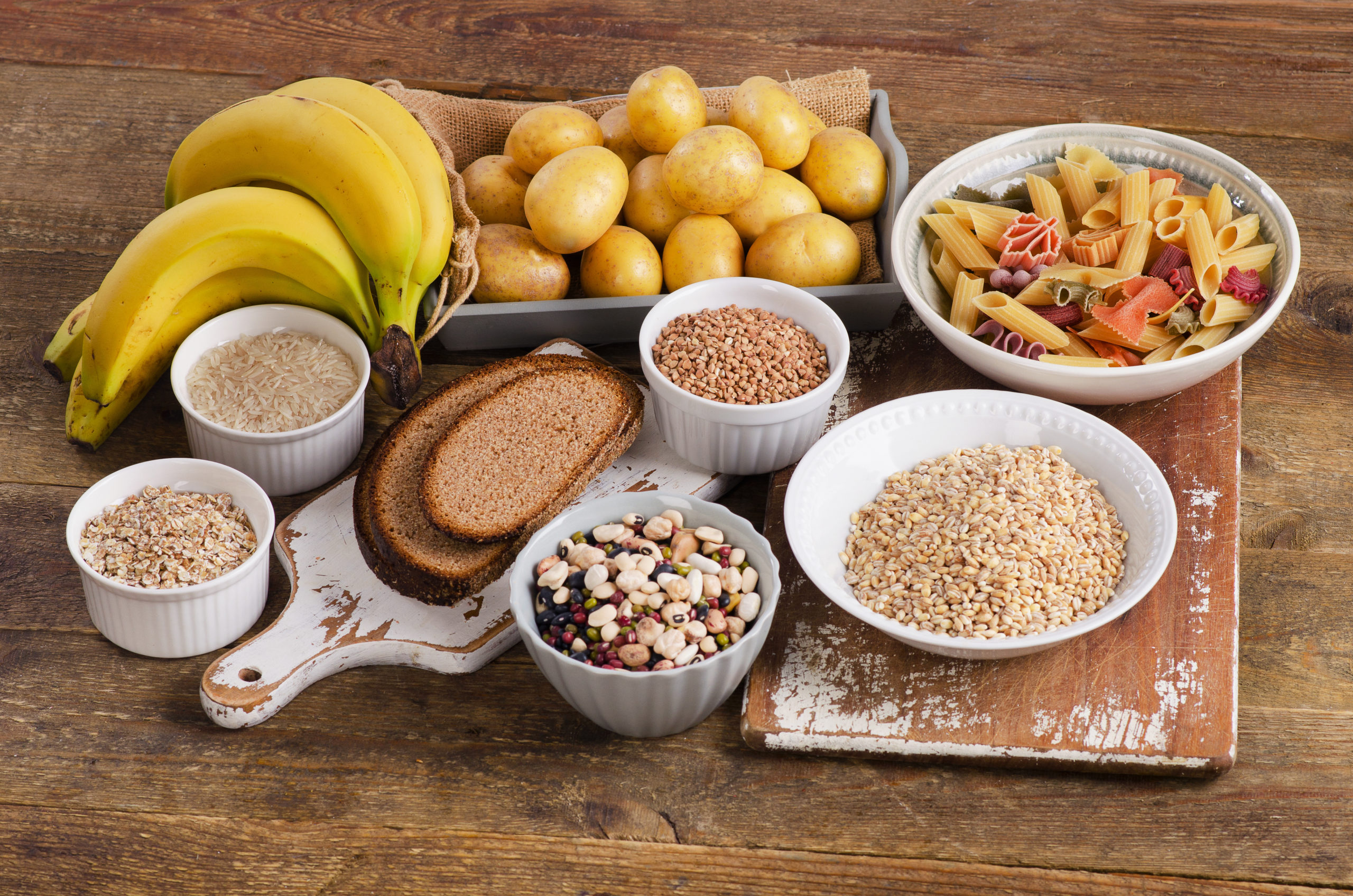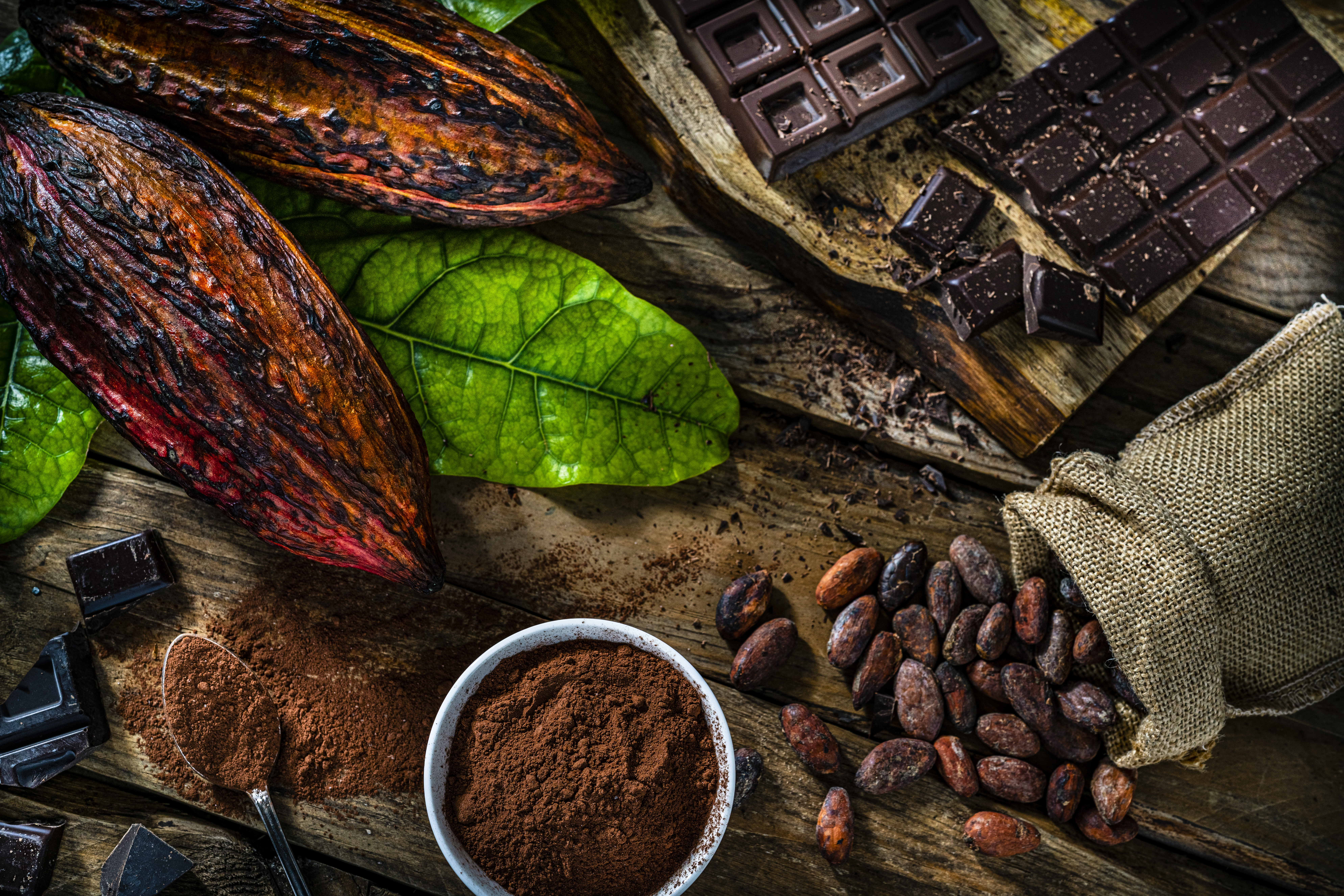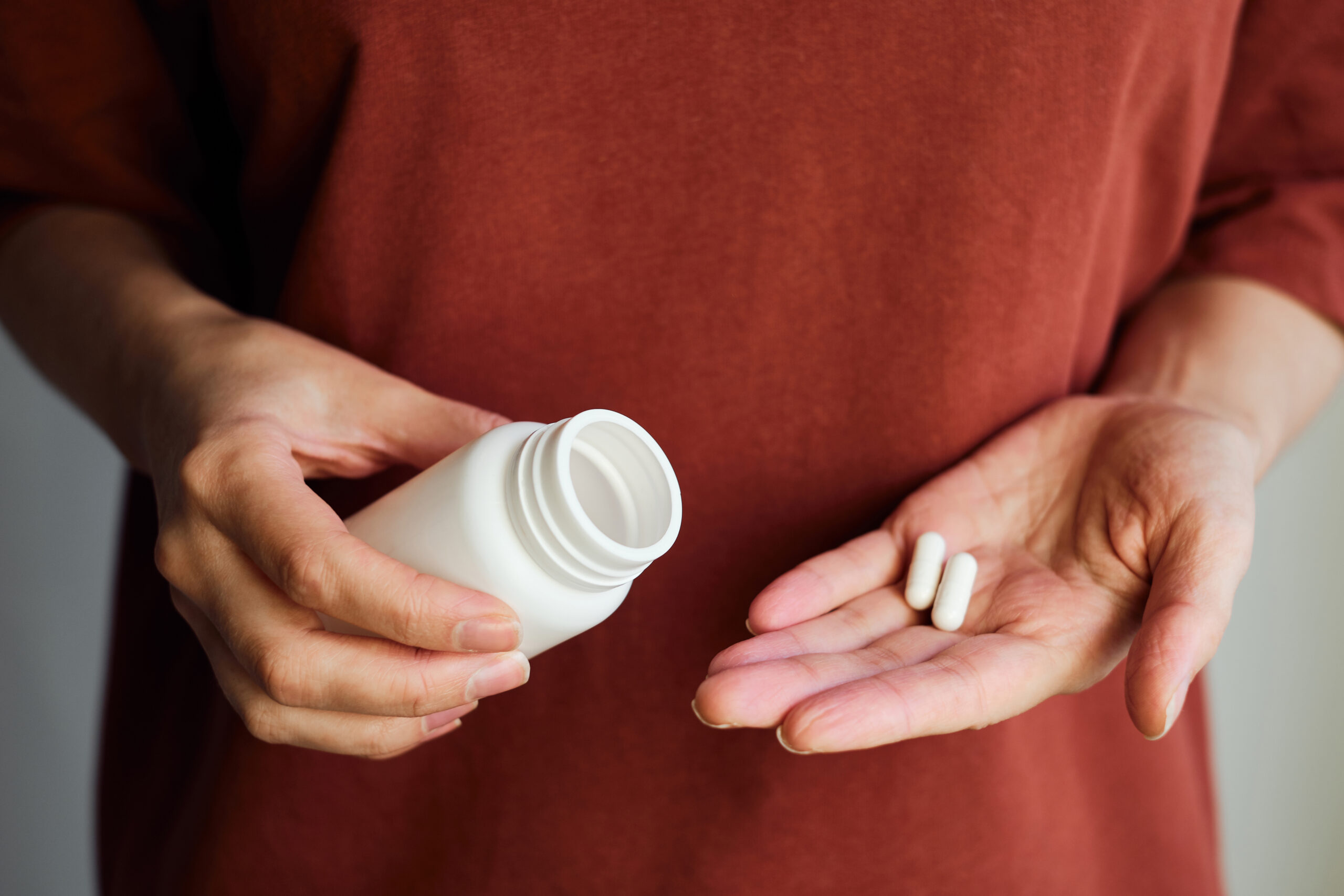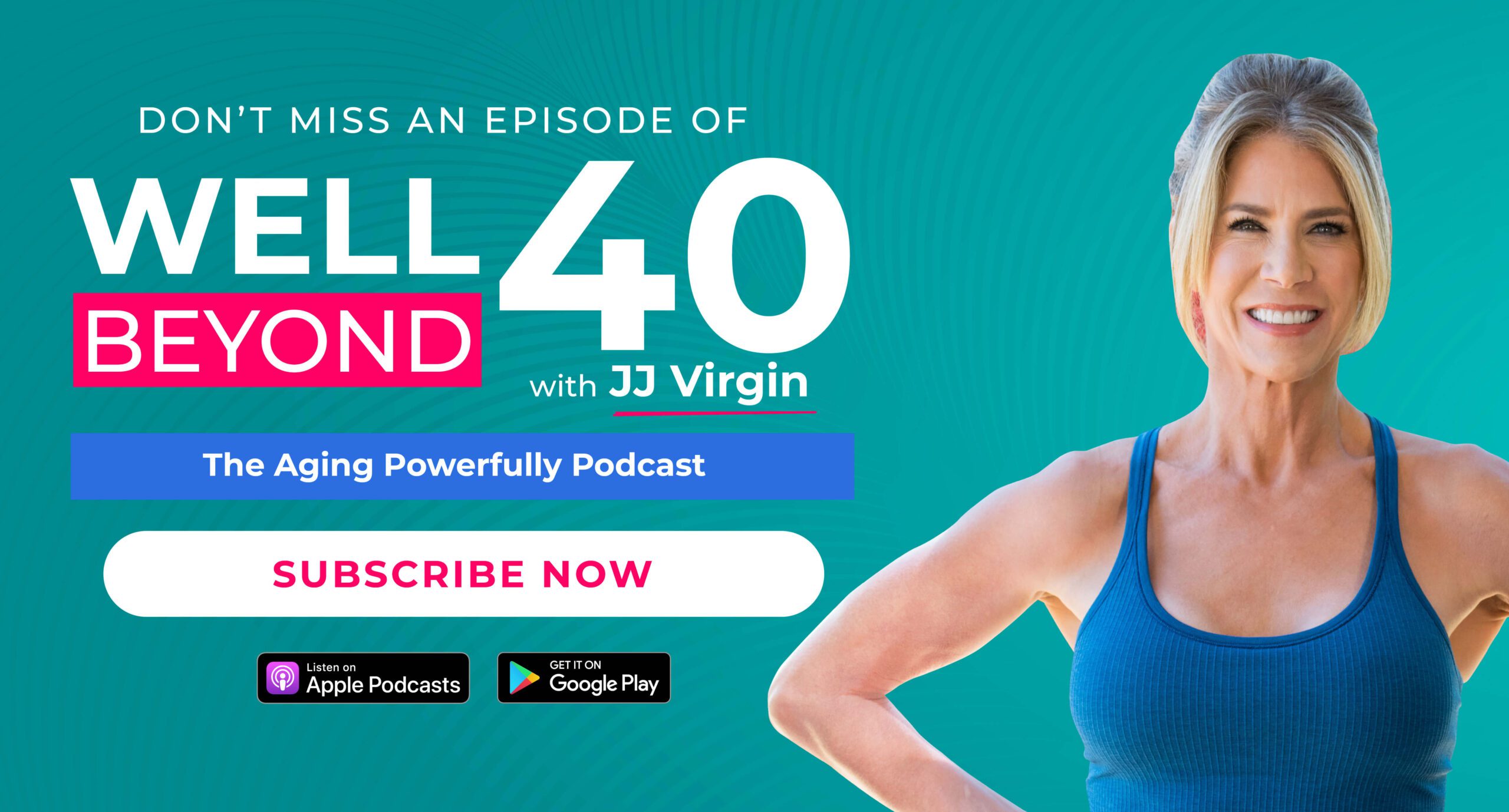For most of our lives, we were sold the idea that fat was bad for us. We dutifully ate low-fat cottage cheese at breakfast, poured skim milk into our coffees, and snacked on fat-free cookies.
Yet so many of us were plagued with cravings and still had a difficult time losing weight. The high-carb, low-fat diet we adopted didn’t really do us any favors, did it?
That’s because the dietary guidelines were based on faulty science1. Since then, loads of new evidence shows that fat is actually good for you—when it comes from good sources. It was even discovered a few years ago that the scientists who vilified fat were actually paid off by the industry that was really to blame for causing so many health problems: the sugar industry!2
Even with new information, unlearning the dietary beliefs that we grew up with can be difficult. And many folks are riding the high-carb, low-fat (HCFL) blood-sugar roller coaster.
This kind of diet is one of the biggest evildoers, creating a vice-grip on hunger and poor food choices. At its core, though, this imbalanced way of eating equates to eating sugar with sugar on top.
Why is a high-carb diet bad for you?
High-carb foods are typically loaded with highly refined starches made up of sugar molecules. Those starches have been stripped of most of their nutrients and fiber, leaving calories with little nutritional value.
We digest refined carbs faster than foods high in fiber, so the sugar in those carbs bombards your bloodstream without anything to slow it down. That inevitably leads to blood sugar spikes and crashes, which leave you hungry, irritable, and craving more sugar.
Indulging in a processed sugar bomb—even if it seems healthy, like a gluten-free blueberry muffin from your favorite coffee shop—can blindside you with hunger shortly after eating. You might think you can’t control yourself, but really your body just digested all those carbs super fast, and it’s calling out for more energy. So you reach for more quick-energy, high-carb foods and keep the cycle going.
Side note: Beware of the “health food” aisle and its labels. Gluten-free doesn’t automatically mean healthy. Often, wheat is just replaced with another processed grain, so you’re still eating high-carb and low-quality.
Consider this: One study found that participants’ blood-sugar levels rose a whopping 95 percent less after lunch when they ate a healthy breakfast, compared to those who didn’t3. Keeping blood sugar in check is foundational to your health.
High-carb diets have been linked to the risk of metabolic disease, diabetes, and cardiovascular disease, among other serious conditions. This is where the Satiety Trifecta comes into play.
When it comes to carbs, quantity matters, but so does quality. Piling your plate high with processed grains moves those calories to your waistline and increases your risk of chronic disease. Starchy vegetables, whole fruits, legumes, and certain whole grains (like quinoa) are also carbs—but because they are highly nutritious and fiber-rich, they work towards your health, not against it.
Why a low-fat diet isn’t healthy either
If carbs feel confusing, low-fat foods may sound like a safe choice. Decades of poor dietary advice led us down this path, but luckily we know better now. Fat is so important for our health!
Fat nourishes the brain. In fact, the brain is made up of 60 percent fat!4 If you’re not getting enough quality fats in your diet, it can affect your mental health, cognition, focus, and more. There’s a reason why people on keto diets talk about how mentally clear they feel!
Fat also supports the nervous system, protects internal organs, and gives us long-lasting energy, too. It burns slower than carbs, which is why I always recommend pairing carbs with a high-quality fat source. This combination keeps you fuller longer, and more energized, too.
Comparing a low-fat diet that includes lots of carbs versus a high-fat diet with few carbs, the high-fat diet lowers your risk of heart disease and propels weight loss. So eating fat doesn’t make you fat. Just the opposite, actually.
Fat also dramatically reduces a marker for inflammation called C-reactive protein (CRP). More fat means less inflammation.
Aside from the health implications of inadequate fat intake, low-fat versions of foods just don’t taste good. (It’s okay, you don’t have to keep pretending.)
When you remove fat from a food, you also take out the flavor. And manufacturers know that no one’s going to buy a fat-free product if it doesn’t taste good. So to make up for it, they add a bunch of sugar to make the food more palatable. That’s why reading labels is so important, if you aren’t able to avoid processed food.
Fat is only good for you if it comes from a good source. Coconut, avocado, olives, nuts, seeds, and wild-caught fatty fish like salmon are all healthy-fat rock stars. Consider docosahexaenoic acid (DHA), a specific omega-3 fat found in fish, shellfish, and walnuts, which actually turns on the very same genes as exercise! (But no, it does not let you off the hook on exercising.)
On the other hand, you’ll want to avoid the fats lurking in fried foods and in partially hydrogenated vegetable oils. These fats increase harmful LDL cholesterol and reduce beneficial HDL cholesterol. They also create a nasty, low-grade inflammation called chronic inflammation, which is linked to heart disease, diabetes, and other chronic conditions.
So avoid those fats at all cost, and fill your belly with heart- and brain-healthy, immune-supporting sources of life-giving fat.
Eat by the Plate
Focusing on macros can feel like you’re micromanaging your diet. It doesn’t have to be complicated though. The simple solution is to Eat by the Plate.
Whenever you’re putting a meal together, think about the lean protein, health fats, fiber, and slow-low carbs that make up a balanced plate.
This powerful combination keeps your blood sugar stable and insulin low (unlike high-carb diets) and allows you to stay energized and focused during the day. Learn more about Eating by the Plate here.
Want an easy place to start? Here are a few of my readers’ favorite recipes:
- Crockpot Chicken Stew
- Strawberries and Cream Overnight Oats
- Lentil Nut Burgers With Cilantro Vinaigrette
- Paleo Egg Roll Bowl
- Matcha Blueberry Smoothie
References
- Harcombe Z, Baker JS, Cooper SM, et alEvidence from randomised controlled trials did not support the introduction of dietary fat guidelines in 1977 and 1983: a systematic review and meta-analysis. Open Heart. 2015;2:e000196. doi: 10.1136/openhrt-2014-000196
- https://www.nytimes.com/2016/09/13/well/eat/how-the-sugar-industry-shifted-blame-to-fat.html
- Jovanovic A, Gerrard J, Taylor R. The second-meal phenomenon in type 2 diabetes. Diabetes Care. 2009 Jul;32(7):1199-201. doi: 10.2337/dc08-2196. Epub 2009 Apr 14. PMID: 19366973; PMCID: PMC2699724.
- Chang CY, Ke DS, Chen JY. Essential fatty acids and human brain. Acta Neurol Taiwan. 2009;18(4):231-241.
The views in this blog by JJ Virgin should never be used as a substitute for professional medical advice. Please work with a healthcare practitioner concerning any medical problem or concern. The information here is not intended to diagnose, treat, or prevent any disease or condition. Statements contained here have not been evaluated by the Food and Drug Administration.







